Image of 1953 Willys Aero Eagle, Note: These illustrations use artistic license and may differ from actual historical models.
Performance Metrics
Fundamental Metrics
Emotional Appeal
MMP Rating
| Engine Specifications | |
|---|---|
| Engine: | Inline 6 |
| Displacement: | 161 cubic inches |
| Horsepower: | Estimated 75-90 hp |
| Torque: | 125 lb-ft |
| Compression Ratio: | Estimated 7.0:1 |
| Ignition System: | Distributor and coil |
| Cooling System: | Liquid-cooled |
| Performance Specifications | |
| 0-60 Time: | Information not available |
| 1/4 Mile Time: | Information not available |
| Top Speed: | 85 mph |
| Transmission and Drive | |
| Drive Type: | Rear-wheel drive |
| Transmission Type: | 3-speed manual |
| Fuel and Efficiency | |
| Fuel System Type: | Carburetor |
| MPG: | Information not available |
| Dimensions and Brakes | |
| Brakes: | Drum brakes |
| Wheelbase: | 108 inches |
| Weight: | 2,700 lbs |
Note: Specifications for classic cars are given to the best of our ability, considering the limited and variant data available.
Unveiling the 1953 Willys Aero Eagle: A Forgotten Gem
The year 1953 heralded the arrival of the Willys Aero Eagle, a car that encapsulated the post-war American spirit with its blend of innovation and style. Born from the Willys-Overland company, known for its wartime Jeep production, the Aero Eagle emerged as a fresh civilian endeavor. This vehicle not only signified a shift in consumer needs but also showcased the manufacturer's adaptability in a peacetime economy. A unique fact that piques interest is that despite its relative obscurity today, the Aero Eagle was among the first to sport a European-influenced aerodynamic design in an American car, setting a precedent for future models.
Design and Innovation: The 1953 Willys Aero Eagle
The exterior of the 1953 Willys Aero Eagle was a sight to behold, with its sleek lines and subtle curves suggesting motion even at a standstill. The car's design was a departure from the bulky shapes of its era, presenting a more streamlined profile that hinted at European influences. Inside, passengers were treated to an interior that prioritized comfort and simplicity. The materials used ranged from durable fabrics to touches of chrome, reflecting a post-war trend towards practical luxury. Technological features of the Aero Eagle included an advanced F-head Hurricane engine and an optional overdrive transmission, both considered cutting-edge at the time. Color options for this model varied, with hues like Bermuda Blue and President Red being popular choices among buyers. The body styles offered included a two-door coupe, four-door sedan, and hardtop, with the two-door models often being the most sought after by enthusiasts.
Historical Significance: The Legacy of the 1953 Willys Aero Eagle
The 1953 Willys Aero Eagle left an indelible mark on automotive history through its forward-thinking design and engineering. It stood out from its contemporaries by offering a combination of economy, performance, and style that was uncommon in American cars at that time. Its aerodynamic shape paved the way for future vehicles that would prioritize efficiency alongside aesthetics. The Aero Eagle's influence can be seen in subsequent models from various manufacturers who took cues from its innovative approach.
Performance and Handling: The Drive of the 1953 Willys Aero Eagle
Underneath its hood, the 1953 Willys Aero Eagle boasted an impressive performance for its class. Equipped with a robust six-cylinder engine, it could reach top speeds that competed well against its peers. Acceleration from 0-60 mph was achieved in a respectable timeframe for its era, though exact figures vary based on surviving records. On the road, drivers appreciated the car's handling capabilities—its lightweight construction allowed for nimble maneuvers on winding roads and absorbed bumps with relative ease. Behind the wheel of an Aero Eagle, one could expect to hear the distinct hum of its engine—a sound emblematic of American automotive ambition during the early '50s.
Ownership Experience: Living with the 1953 Willys Aero Eagle
Owners of the 1953 Willys Aero Eagle typically used their vehicles as daily drivers or as stylish weekend cruisers. Its reliability was commendable for its time, though modern-day enthusiasts should expect routine maintenance to preserve its vintage charm. Parts may be scarce but are treasured within collector circles for their authenticity. As far as ease of repair goes, those familiar with classic cars will find working on an Aero Eagle to be relatively straightforward due to its less complex pre-electronic systems.
Fun Facts: The Intriguing Aspects of the 1953 Willys Aero Eagle
Delving into trivia about this classic reveals some interesting tidbits—for instance, certain editions came with unique trim options that are now highly prized by collectors. While not known for breaking speed records, it held its own in terms of sales within its niche market during its production years. Celebrity ownerships are not widely documented but would certainly add to an individual car's provenance. Criticisms at the time focused mainly on its conservative power output compared to some V8-powered rivals.
Collector's Information: Valuing the 1953 Willys Aero Eagle
For collectors eyeing a piece of automotive history, acquiring a 1953 Willys Aero Eagle can be quite rewarding. Estimates suggest that several thousand units were produced during its run; however exact numbers remain elusive due to incomplete historical records. In terms of value range, well-preserved examples can fetch prices from mid-five figures upwards depending on condition and originality. The market has shown appreciation for this model over time due to its rarity and significance as a transitional piece between wartime production and modern vehicle design.
Conclusion: Celebrating the 1953 Willys Aero Eagle
The 1953 Willys Aero Eagle stands as a testament to innovation during an era of transformation in American automotive history. Its blend of style, performance, and practicality captures the essence of post-war optimism and progressiveness. For those fortunate enough to own or encounter one today, it offers a tangible connection to an adventurous chapter in car culture—a narrative where every ride is infused with heritage.
1953 Willys Aero Eagle Catalog of Parts
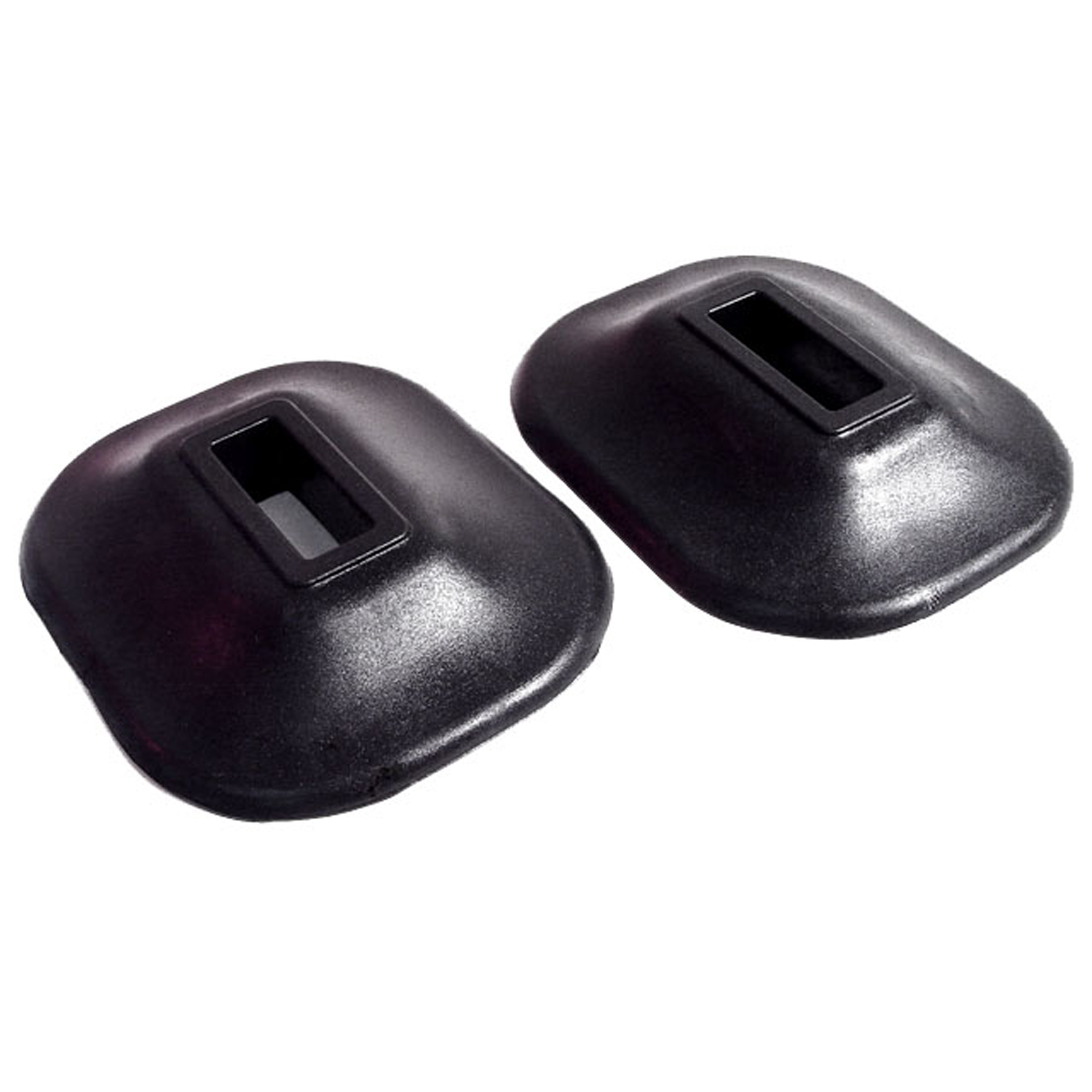 1953 Willys Aero Eagle Front and Rear Bumper Arm Grommets-BG 62Front and Rear Bumper Arm Grommets. 3-1/8" wide X 3-7/8" long, with 1-3/8" long inner slot. Pair
1953 Willys Aero Eagle Front and Rear Bumper Arm Grommets-BG 62Front and Rear Bumper Arm Grommets. 3-1/8" wide X 3-7/8" long, with 1-3/8" long inner slot. Pair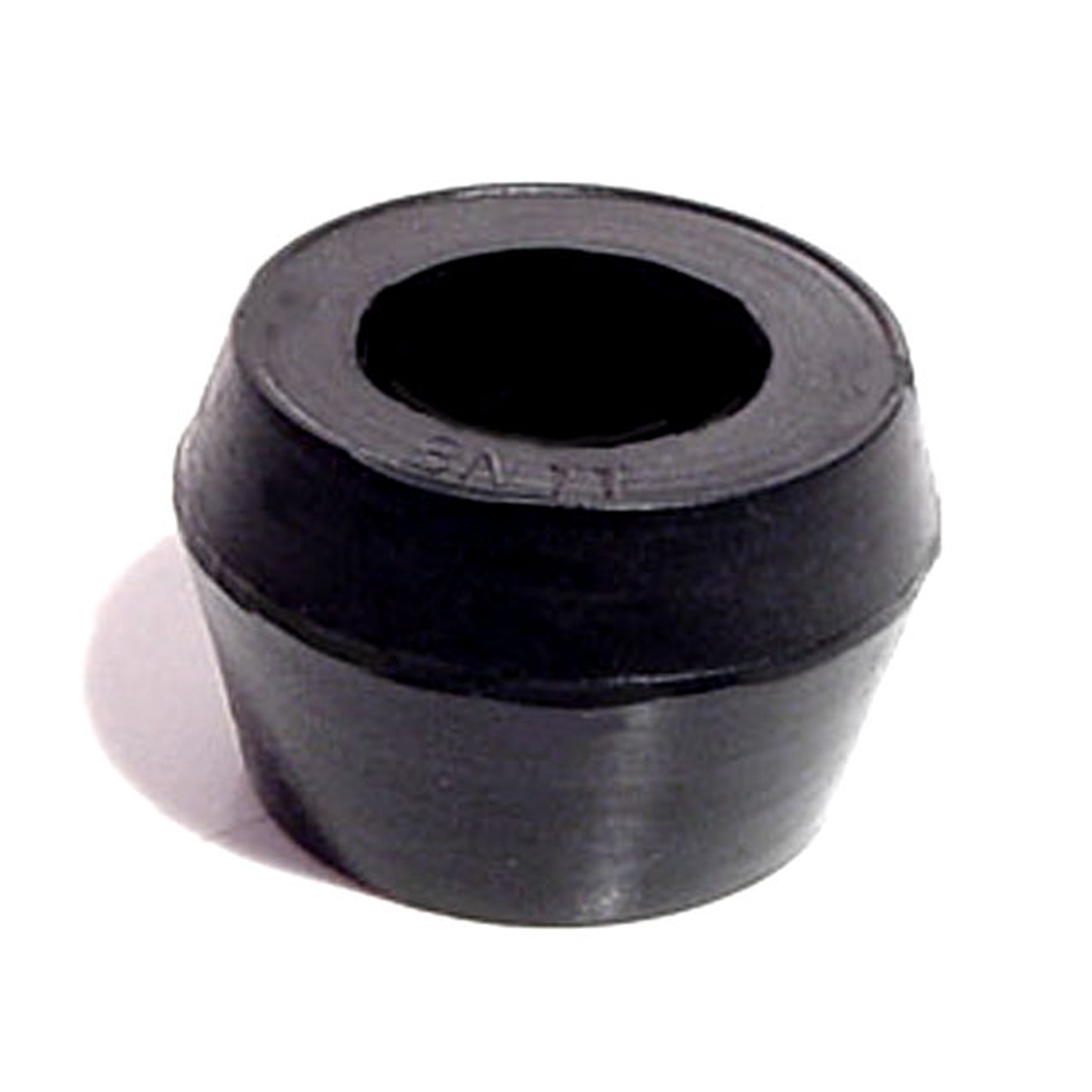 1953 Willys Aero Eagle Shock Absorber Grommet. 1" bottom O.D-BN 11Shock Absorber Grommet. 1" bottom O.D., 3/4" high, with 5/8" I.D. Each
1953 Willys Aero Eagle Shock Absorber Grommet. 1" bottom O.D-BN 11Shock Absorber Grommet. 1" bottom O.D., 3/4" high, with 5/8" I.D. Each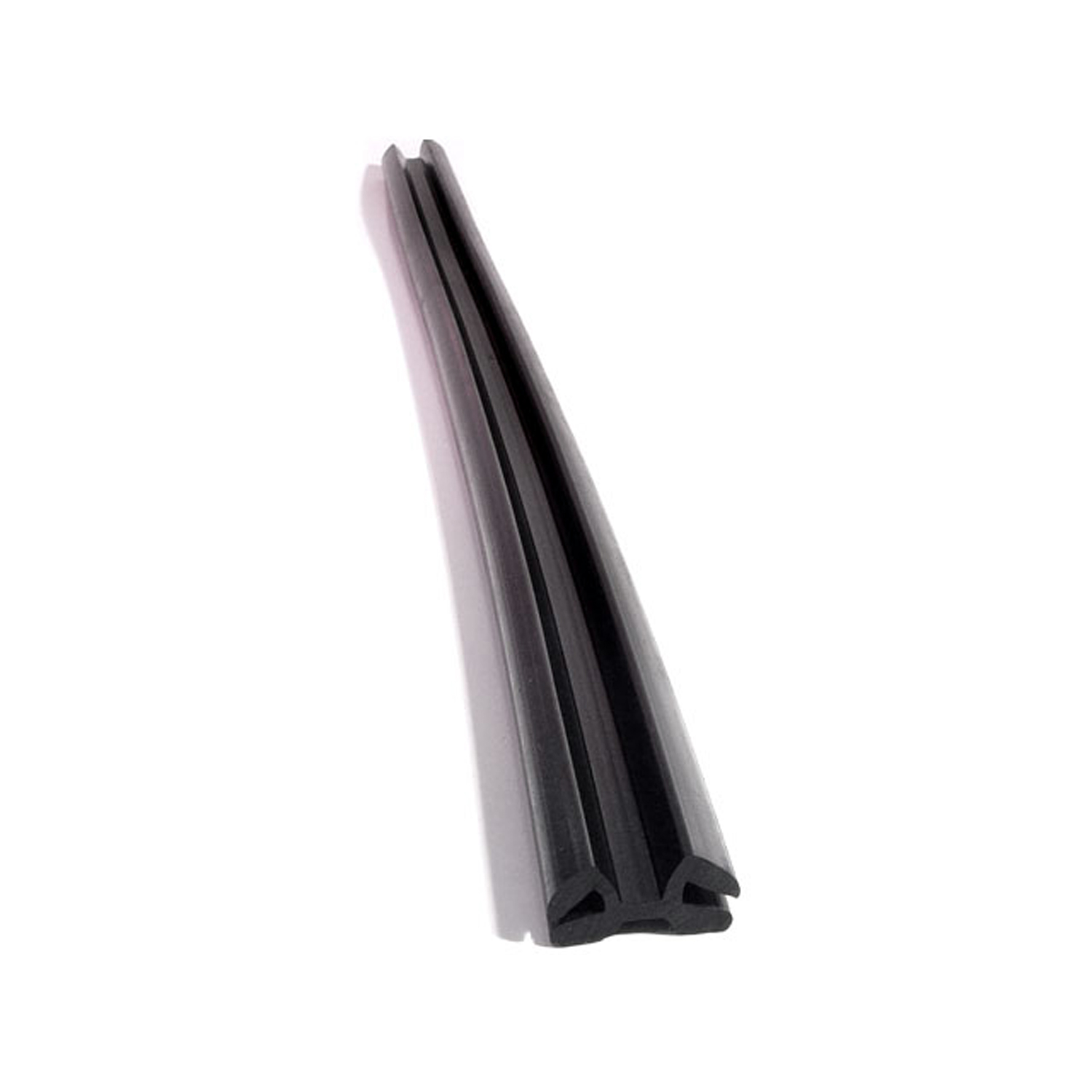 1953 Willys Aero Eagle Center Division Bar Seal. 20" piece, to be cut to length-DP 40Center Division Bar Seal. 20" piece, to be cut to length. Each
1953 Willys Aero Eagle Center Division Bar Seal. 20" piece, to be cut to length-DP 40Center Division Bar Seal. 20" piece, to be cut to length. Each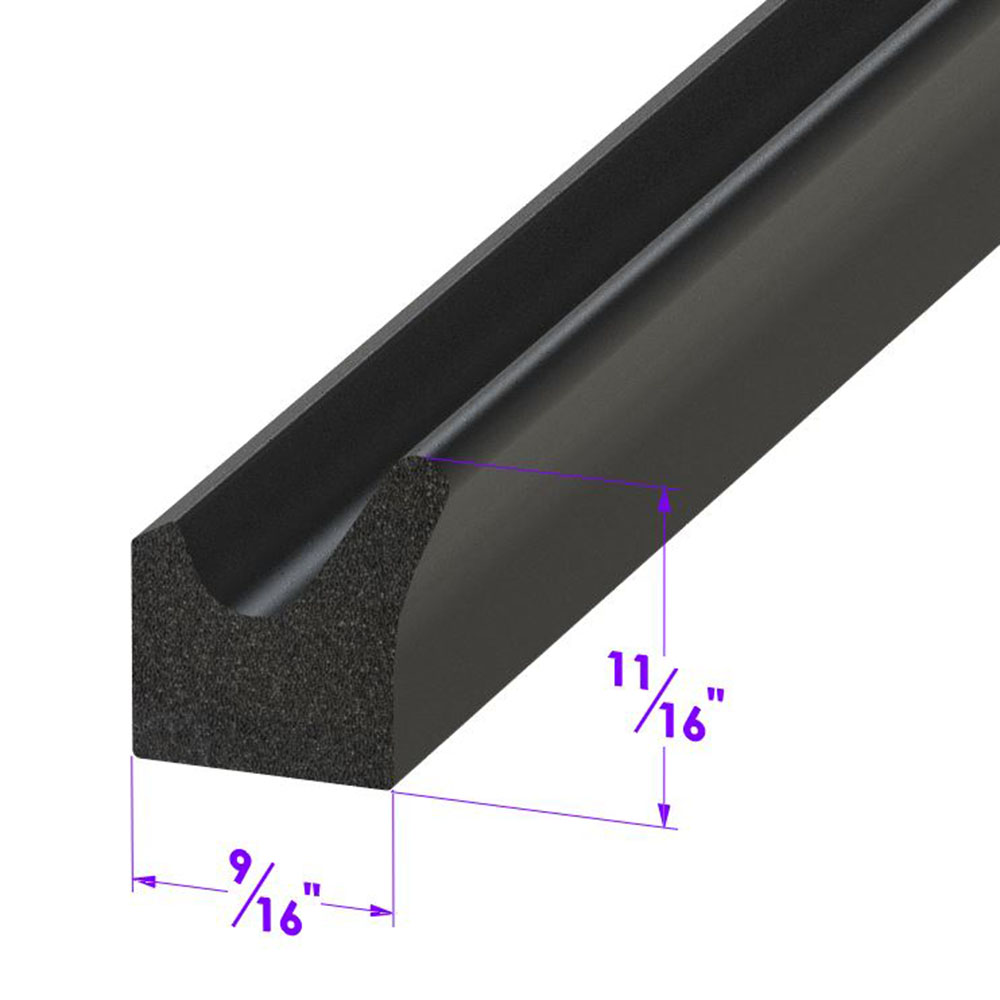 1953 Willys Aero Eagle Door side seal. Same as LP 40-A, but for a heavier seal-LP 40Door side seal. Same as LP 40-A, but for a heavier seal. Fits many domestic passenger cars and trucks. Used in Cobra kit cars as trunk weatherstrip. Per foot.
1953 Willys Aero Eagle Door side seal. Same as LP 40-A, but for a heavier seal-LP 40Door side seal. Same as LP 40-A, but for a heavier seal. Fits many domestic passenger cars and trucks. Used in Cobra kit cars as trunk weatherstrip. Per foot.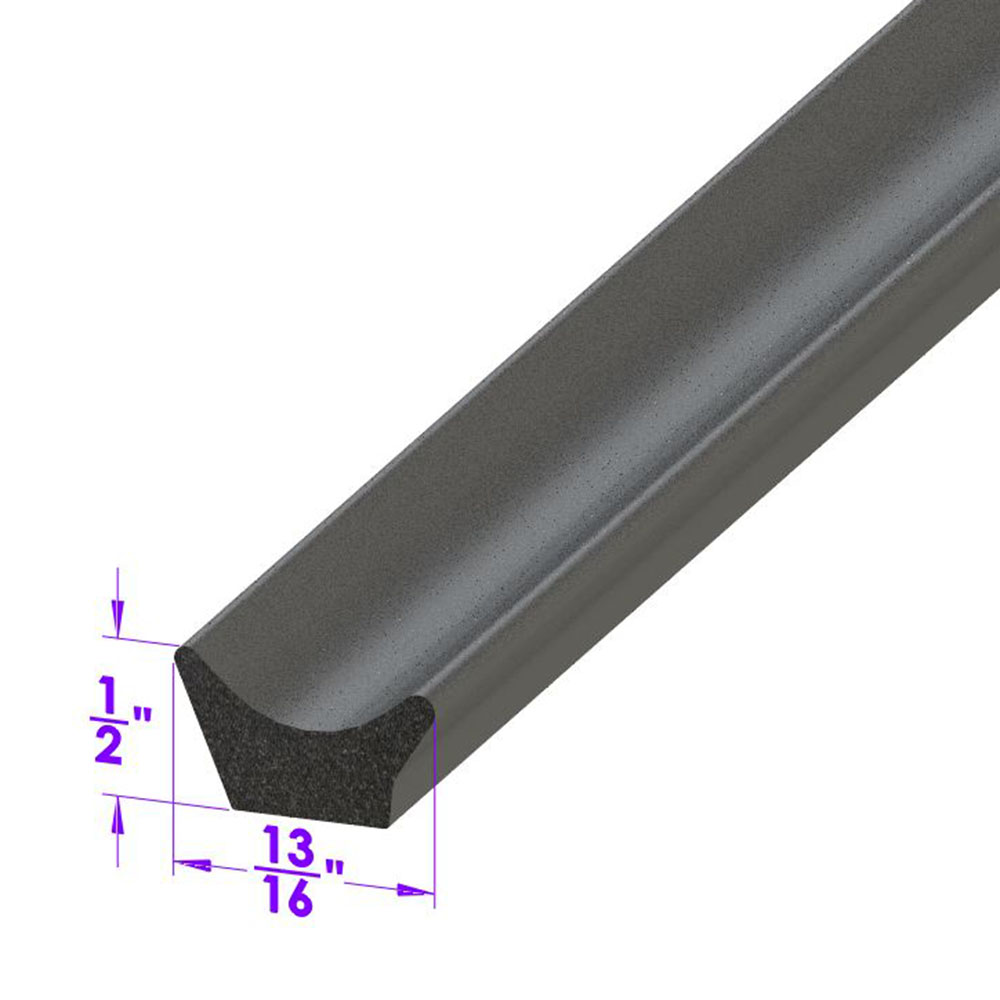 1953 Willys Aero Eagle Door side seal. Same as LP 40, but for a lighter seal-LP 40-ADoor side seal. Same as LP 40, but for a lighter seal. Fits many domestic passenger cars and trucks. Universal seal for street rods and customs. Used in Cobra kit cars as door weatherstrip. Per foot.
1953 Willys Aero Eagle Door side seal. Same as LP 40, but for a lighter seal-LP 40-ADoor side seal. Same as LP 40, but for a lighter seal. Fits many domestic passenger cars and trucks. Universal seal for street rods and customs. Used in Cobra kit cars as door weatherstrip. Per foot.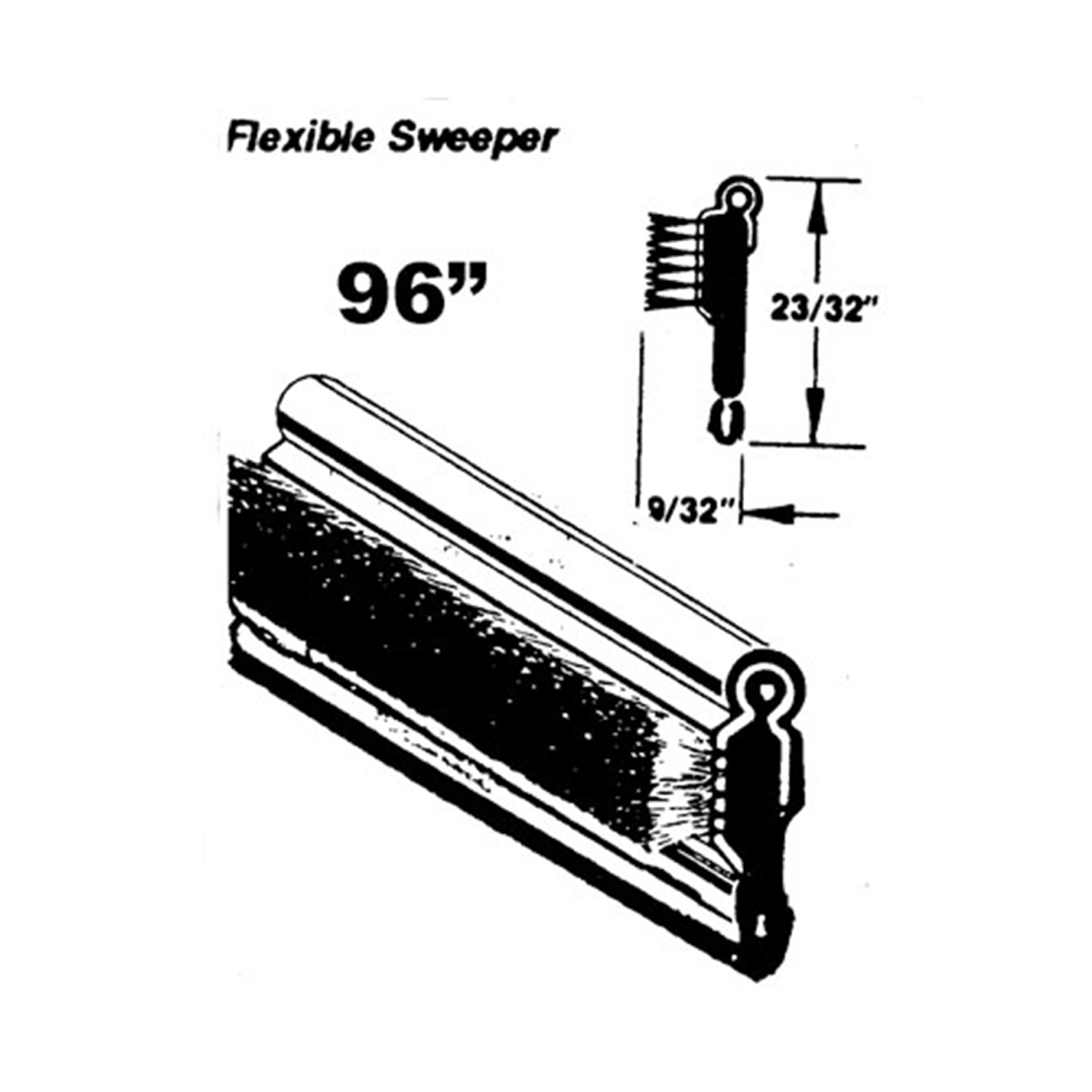 1953 Willys Aero Eagle Flexible window sweeper. Made with stainless steel bead-WC 4-96Flexible window sweeper. Made with stainless steel bead. 96 in. long. Each. NOTE: $20 special shipping charge applies for domestic orders. Call or email for overseas shipping costs. Part can be sectioned in two or three equal lengths to reduce overseas shipping costs.
1953 Willys Aero Eagle Flexible window sweeper. Made with stainless steel bead-WC 4-96Flexible window sweeper. Made with stainless steel bead. 96 in. long. Each. NOTE: $20 special shipping charge applies for domestic orders. Call or email for overseas shipping costs. Part can be sectioned in two or three equal lengths to reduce overseas shipping costs.Why Choose Metro?
For over 100 years, Metro Moulded Parts has been the pinnacle of quality in classic car restoration parts. Our commitment to precision and authenticity in every component ensures a perfect fit and an OEM-level appearance.
- Expert Craftsmanship & Quality: Each part is a testament to our dedication to reliability and perfection, crafted from original designs and thoroughly tested.
- Advanced Technology: We use cutting-edge techniques to create flawless, long-lasting parts that surpass others in performance.
- SuperSoft Sponge – The Ultimate Door Seal: Not only are our door seals 30% softer than competitors', but they're also guaranteed to never leak. They effectively reduce wind and road noise, enhancing your classic car's comfort and driving experience.
- Proudly American: Our parts are a product of American craftsmanship, made in the USA with a spirit of excellence and heritage.
- Unrivaled Warranty: We back our products with a 30-year industry-leading warranty, a testament to our confidence in their quality.
Join us in preserving the legacy of classic cars with parts that are crafted for perfection, not just made.

